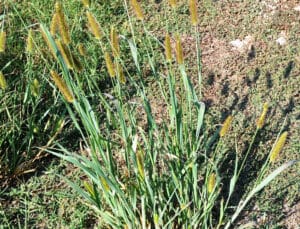Dianthus ‘Devon Pp11’
Description
Bred to maximize color and fragrance, the Scent First Tickled Pink Dianthus brings vibrant pink color and a distinctive, spicy-sweet smell to any landscape.
With long-lasting, semi-double blooms from summer to fall, this Dianthus is perfect for adding color to gardens, patio containers, window boxes or borders. Spiky, silver-blue foliage looks good year-round. And you’ll attract butterflies and hummingbirds to your yard with the Scent First Tickled Pink Dianthus’ brilliant blooms and clove-like fragrance.
Plus, it’s built to thrive – it’s drought-tolerant, resistant to deer and rabbits, and cold hardy down to -20 degrees Fahrenheit.
Fragrance, full flowers, and fresh greenery that thrive even in tough conditions – the Dianthus is a perfect choice for first-time growers and master gardeners alike.
Planting
Find a spot with well-drained soil and 6 to 8 hours of sunlight per day. Plant your Scent First Tickled Pink Dianthus in a hole twice as wide but just as deep as the root ball. Water immediately to establish roots. Add a 3-inch layer of mulch to prevent weeds. If you’re planting in a container, select a pot that’s twice the size of your plant’s shipping container, and use organic soil. Place your Dianthus, water to settle its roots, and find a sunny spot on your porch or patio.
Watering
Water weekly or check the surrounding soil. When the soil is dry about 3 inches down, it’s time to water your Dianthus. If your Dianthus is container-planted, water until you see it flowing from the drainage holes at the bottom.
Fertilizing
Pruning
| Growing Information | |
| Mature Height: | 6-10 in |
| Mature Width: | 10-12 in |
| Sunlight: | Full Sun |
| Bloom Time: | |
| Growth Rate: | Moderate |
| Grows Well in Zones: | 5-9 |
| Your Growing Zone: | 6 |





